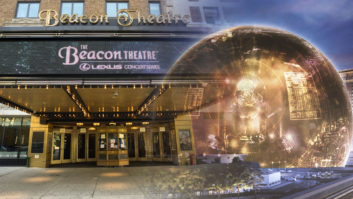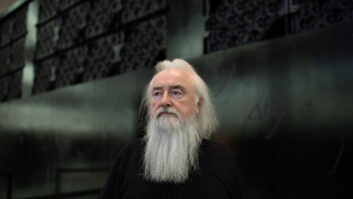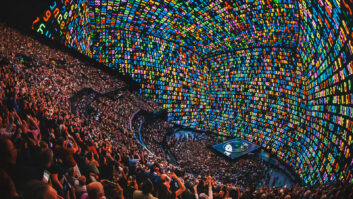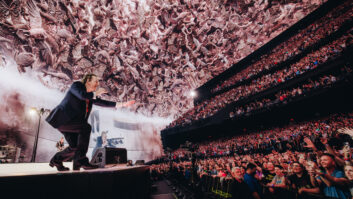Las Vegas, NV (July 24, 2023)—Earlier this month the massive exterior LED display on the new Sphere venue lit up the Las Vegas skyline for the first time. Now, Sphere Entertainment has revealed the venue’s installed audio system, dubbed Sphere Immersive Sound, powered by Holoplot.
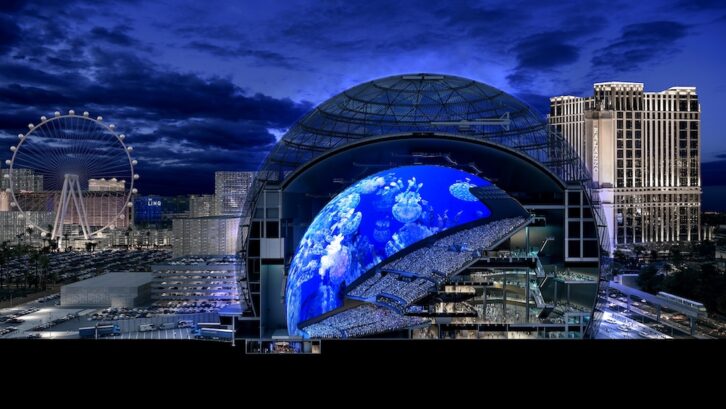
It’s almost impossible to talk about Sphere without listing some eye-popping statistics. Said to be the world’s largest spherical structure at 516 feet wide by 366 feet tall, it seats nearly 18,000 people in a steeply raked bowl configuration and boasts a 580,000-square-foot programmable LED exterior, known as the Exosphere. Inside, a 160,000-square-foot, 16K x 16K resolution video display plane, reportedly the highest resolution LED screen on the planet, wraps over and around the audience. The venue will open on September 29 with the first of 25 shows by U2 titled U2:UV Achtung Baby Live at Sphere.
Sphere Entertainment recently unveiled the new venue’s audio tech to the press on consecutive days at the Sphere, which is on the Las Vegas Strip, and at the Dome, the company’s production and testing facility in Burbank, CA. The sound system, developed by Berlin-based Holoplot, incorporates immersive audio beamforming and wave field synthesis technology, and is also installed in MSG’s Beacon Theatre in New York City.
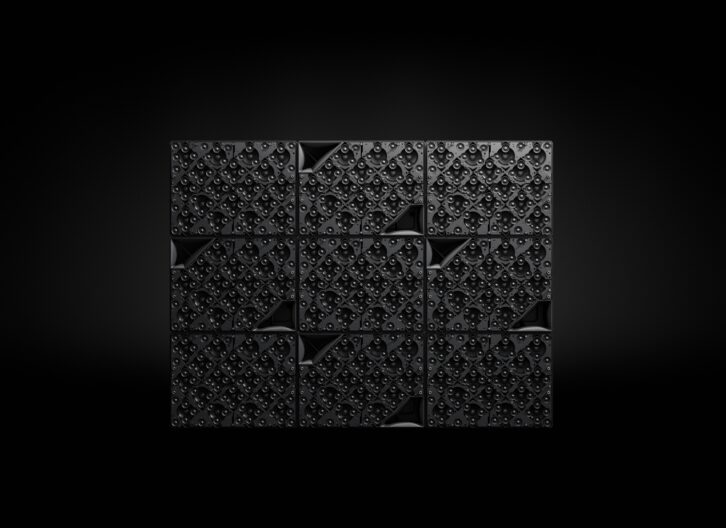
For the Sphere Immersive Sound system in Las Vegas, Holoplot designed a system of about 1,600 speaker cabinets, each housing nearly 100 drivers in a matrix of three layers, supporting low, mid and high frequencies respectively — a total of 167,000 speaker drivers, amplifiers and processing channels. The system has been installed behind the Sphere’s LED screen plane, with Holoplot’s algorithms compensating for any transmission loss. Sphere’s proscenium (where the proscenium would be in a regular theater, anyway) features the world’s largest loudspeaker array, totaling 464 modules. Three hundred mobile loudspeaker modules are also available.
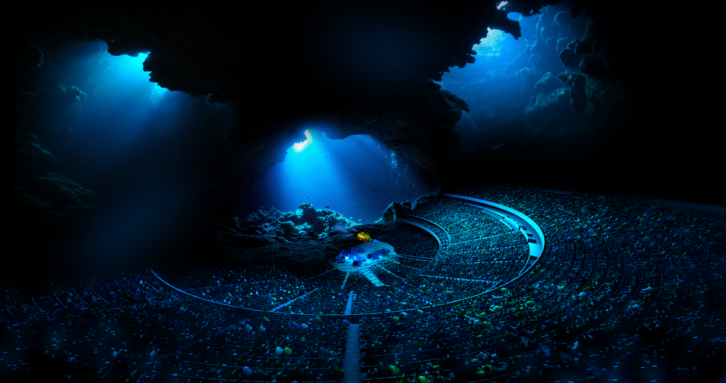
The Dome — L.A. residents may have spotted it opposite Burbank Airport — incorporates a wrap-around LED screen one-quarter the scale of Sphere with haptic-enabled seating. A mix room in the building is outfitted with Genelec speakers around and above a single seat where engineers can prepare their mixes for the full-scale Sphere. Holoplot’s software will reportedly translate audio from any standard DAW platform, and in any format, so creatives can mix in stereo, 5.1, Dolby Atmos or whatever configuration they wish for playback in the same layout in the Sphere. The system can reproduce audio content from a mono source to 256 channels of granularity.
Through a combination of audio beamforming technology and the manufacturer’s software algorithms, the same immersive listening experience is delivered to every seat in the house. The system operates in two venue modes (which both automatically compensate for changing atmospheric conditions), one providing even, venue-wide coverage, for concerts and residencies, and the other for immersive Sphere Experiences, as they are called. FOH engineers with touring artists visiting the venue don’t need to change their workflow; a system preset configures the system to allow them to deliver their regular mix from their usual console through the installed setup in stereo.
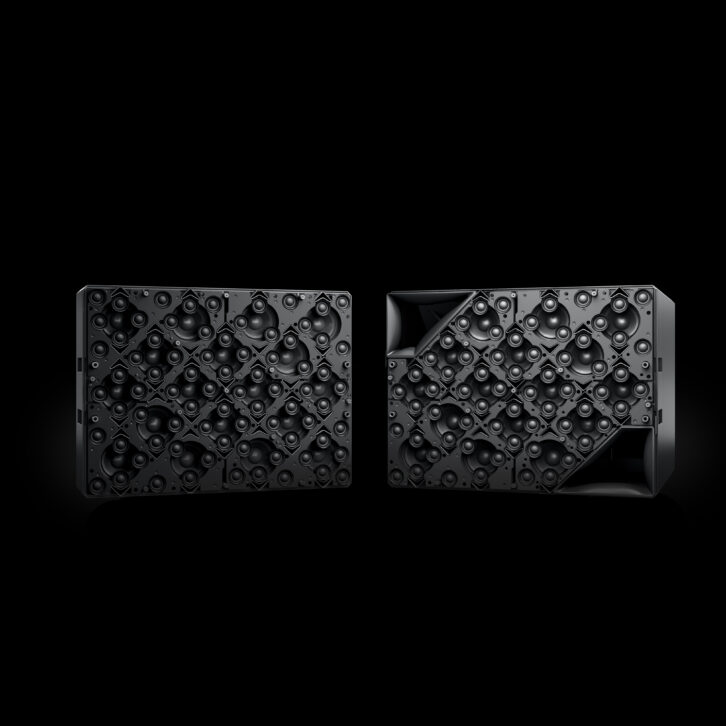
Not only does Holoplot’s setup provide consistency, but it can also deliver localized soundscapes through the company’s wave field synthesis technology. During the unveiling at the Dome in Burbank, for instance, the system delivered dialog in three different languages to three separate locations in the space, with relatively little bleed from the adjacent spots. According to Roman Sick, Holoplot’s CEO, the granularity of the system allows source localization down to as few as six seats or to an entire block of seating.
On The Cover: Las Vegas Takes Immersive Live
Localization can be dynamic, allowing sounds to travel on a vertical plane away from the speakers and through the audience, row by row, as another example. Similarly, in a demonstration using music stems, the speakers delivered drums and vocals to one spot, guitars to another, and other instruments to yet another, a feature that permits the delivery of unique experiences to different areas of the audience.
Holoplot, Electrosonic Team for Immersive Audio Environments
Sphere Entertainment suggests a long list of potential use cases for Sphere. Music and entertainment shows, in all their forms, are obviously well suited, but the company also suggests that the venue and its immersive technologies would be a good fit for a good number of other scenarios, including big corporate events or product rollouts, such as new car launches. As for the immediate future, shortly after U2 begins its residency, which is scheduled to run through early December, the Darren Aronofsky-directed Sphere Experience, Postcard from Earth, will debut on October 6.
